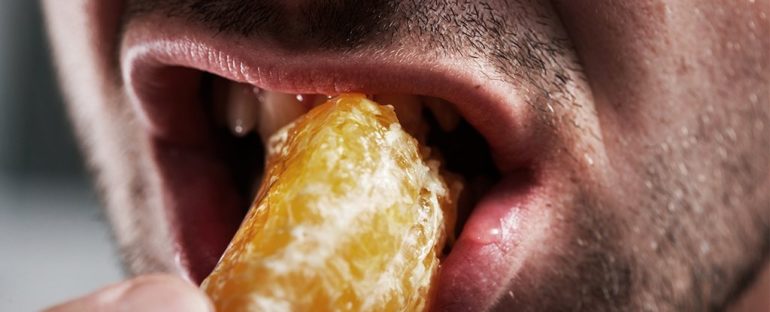If you have an overreaction to ‘triggering’ sounds such as other people chewing or drumming their fingers, you probably have misophonia. Now, scientists have discovered a key brain connection responsible for setting it off.
The connection runs from the auditory cortex (the brain’s hearing center) to the orofacial motor cortex (controlling movement of the face, mouth and throat). This makes sense, as most misophonia-triggering sounds are caused by actions involving the human face – such as chewing or breathing.
As a result of the findings, the researchers have a new suggestion: that people with misophonia are actually experiencing a stimulation of the same part of the motor cortex that is causing the triggering sound from someone else.
“Our findings indicate that for people with misophonia there is abnormal communication between the auditory and motor brain regions,” says neuroscientist Sukhbinder Kumar, from Newcastle University in the UK.
“You could describe it as a ‘super-sensitized connection’. This is the first time such a connection in the brain has been identified for the condition.”
The team analyzed fMRI brain scans from a total of 75 people with and without misophonia to discover this super-sensitized connection. Data was collected with no noise, with misophonia trigger sounds (like chewing), with sounds designed to be unpleasant to everyone (like screaming), and with neutral sounds (like rainfall).
The researchers made an additional discovery too: a stronger connection between the motor cortex and the visual cortex. This gives us more clues about what might be setting off misophonia in the brain.
“What surprised us was that we also found a similar pattern of communication between the visual and motor regions, which reflects that misophonia can also occur when triggered by something visual,” says Kumar.
“This leads us to believe that this communication activates something called the ‘mirror system’, which helps us process movements made by other individuals by activating our own brain in a similar way – as if we were making that movement ourselves.”
This mirror neuron system, which has been previously studied, is thought to work in the same way inside the brain whether we’re actually doing something or watching someone else do it. The researchers suggest that misophonia is so uncomfortable because it feels like an intrusion into the brain when this mirroring happens.
That idea is backed up by one of the ways that misophonia can be managed in some people: by mimicking the action creating the trigger sound and thus taking back control. If we can better understand how that works, we could improve our approaches to managing misophonia, which can have a seriously negative impact on people’s day-to-day lives.
Between 6-20 percent of the population are thought to be living with some form of misophonia, but there’s still plenty about it that we don’t understand. In its most severe form, it can make some work, family and social situations almost intolerable.
“The study provides new ways to think about the treatment options for misophonia,” says neurologist Tim Griffiths, from Newcastle University.
“Instead of focussing on sound centers in the brain, which many existing therapies do, effective therapies should consider motor areas of the brain as well.”
The research has been published in the Journal of Neuroscience.



